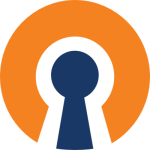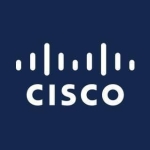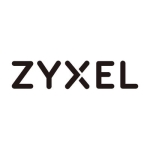There are numerous remote access points in the health sector, such as the Ministry of Health. The government operates a remote channeling center, collecting data on incoming and outgoing points and then provided to relevant organizations. In my country, these activities are facilitated by Broadband Access, and we are actively engaged in them.
It's a one-time deployment and configuration process. Unless there is a natural disaster, there should be no interruption. There may be a temporary pause in the event of a natural disaster. This solution is widely adopted and involves both technology and non-technical devices. It is robust, except in cases of significant power outages.
I have been using Aruba Remote Access Point for 2-3 years.
The solution is scalable.
The remote setup is simplified. You had to be conversant with the device and the technology.
The product comes with a yearly subscription. It is costly, becoming an issue for certain medium companies, but corporate companies don't care about the cost. They only want the technology.
The Access Points are called dashboards. The application has standard features, so they accept certain things. They handle traffic and everything; they can directly restrict it, and we monitor those things. This product has to be commercially used as an income source. There are some public parks where people want to work outside of the office, like work from home. We can provide for those people who want to connect with nature. There are many government paths people have to take in a short time. We have these Access Points everywhere in the fiber. Bandwidth is high so that they can use it. You can add an application to the same product to get a telephone connection with an internet facility. When that person goes to that particular access point environment, they can work freely and use it.
A QR code should be charged from the bank account to the area where they work. It should be a zero task to integrate the software for commercial purposes. Most European countries must have this. When you go to a model one, you visit one, then purchase it, and the history is there. The next time a customer goes in, they will access it automatically, or they can make an offer. Since you are a regular customer, you will get your phone extended to come to our shop, like buy one, get one free. All these things can be adapted. We should not just have the basic application, but they should also have additional features. Either it is paid or unit-free. There are some required software, and we can even collaborate with the actual brand. Institutions maintaining this box or a shopping mall will have this application as an additional feature, which is very big for them.
Overall, I rate the solution an eight out of ten.
















